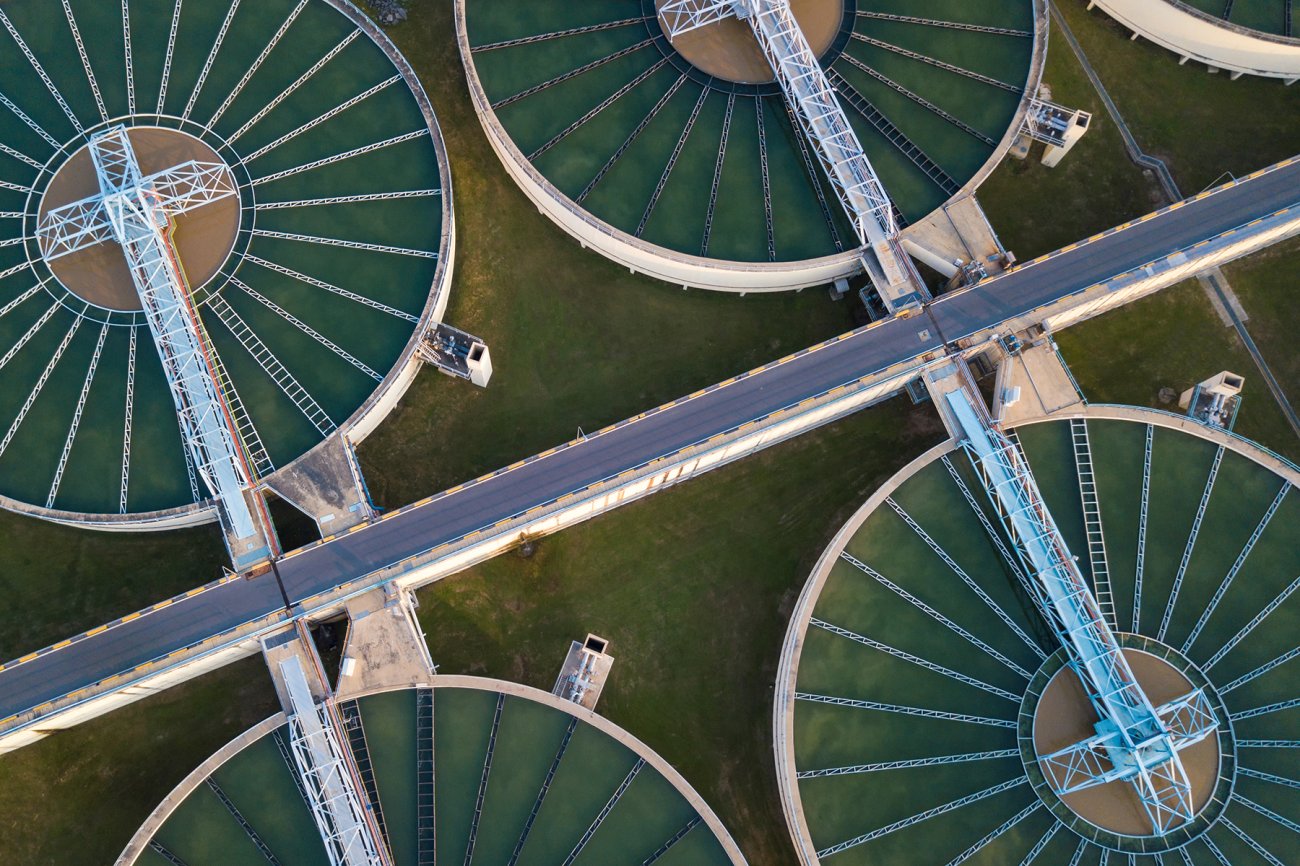What Does Reclaim Waste Mean?
What Does Reclaim Waste Mean?
Blog Article
All about Reclaim Waste
Table of ContentsThe Only Guide for Reclaim WasteThe smart Trick of Reclaim Waste That Nobody is DiscussingSee This Report about Reclaim WasteNot known Factual Statements About Reclaim Waste Indicators on Reclaim Waste You Need To Know
Domestic sewer waste refers to the waste and products from a residential septic storage tank. The appropriate management and disposal of domestic sewage waste call for fluid waste to be transferred to a sewage therapy plant where the correct methods and tools are applied to cleanse and dispose of waste.
Business waste commonly includes possible risks, such as flammable materials or a mixture of liquid and strong waste products, and needs an advanced and detailed disposal process. The disposal of business waste generally includes the purification of waste prior to transport to make certain safe and correct disposal. Hazardous waste is created from by-products and overflow of industrial processes and manufacturing.
This sort of waste can not use the exact same sewer administration transportation or procedures as septic or industrial liquids. The commercial waste management procedure requires the assessment and testing of fluid waste before it undertakes the disposal procedure (industrial wastewater treatment). Runoff waste is the fluid waste that originates from drainage and excess stormwater in extremely inhabited areas or cities
Overflow waste can trigger contamination and flooding if not handled correctly. Discover much more about sewer cleansing and waste monitoring. Ensuring correct waste monitoring can avoid disasters and lower ecological damage. Both individuals in domestic settings and experts in commercial or manufacturing markets can benefit from understanding the procedures and regulations of fluid waste administration.
An Unbiased View of Reclaim Waste
Contact PROS Providers today to learn more about our waste monitoring and disposal services and the correct ways to look after the liquid waste you generate.
(https://reclaimwaste1.blog.ss-blog.jp/2024-11-12?1731425991)This supposed 'wastewater' is not just an important source but, after therapy, will be launched to our land, rivers or the ocean. Used water from commodes, showers, baths, cooking area sinks, washings and industrial processes is recognized as wastewater.

water used to cool machinery or clean plant and devices). Stormwater, a type of wastewater, is runoff that flows from farming and metropolitan locations such as roof coverings, parks, yards, roadways, courses and rain gutters right into stormwater drains pipes, after rain. Stormwater moves unattended directly to local creeks or rivers, at some point getting to the sea.
The Ultimate Guide To Reclaim Waste
In Queensland, many wastewater is dealt with at sewer therapy plants. Wastewater is transferred from residential or commercial websites via a system of drains and pump terminals, called sewage reticulation, to a sewage treatment plant. Local federal governments construct, maintain and operate most sewer therapy plants. Operators are accredited under the Environmental Management Act 1994 to discharge treated wastewater at an appropriate ecological criterion right into waterways.
The Department of Natural Resources recommends regional governments concerning handling, operating and keeping sewage systems and therapy plants. In unsewered locations, regional federal governments may require homeowners to install specific or household sewage treatment systems to treat domestic wastewater from toilets, kitchen areas, bathrooms and laundries. The Department of Natural Resources authorises making use of house systems when they are confirmed to be reliable.
A lot of stormwater obtains no treatment. In some new class, therapy of some stormwater to eliminate clutter, sand and gravel has begun making use of gross contaminant traps. Wastewater therapy takes place in 4 phases: Removes strong issue. Bigger solids, such as plastics and various other objects incorrectly released to sewers, are gotten rid of when wastewater is travelled through screens.
Wastewater after that flows into huge tanks where solids clear up and are removed as sludge. Oil and residue are skimmed from the surface area. Utilizes tiny living organisms recognizes as micro-organisms to damage down and eliminate continuing to be liquified wastes and fine fragments. Micro-organisms and wastes are included in the sludge. Eliminates nitrogen and phosphorus nutrients that might create algal blooms in our waterways and threaten water life.
A Biased View of Reclaim Waste
Nutrient removal is not readily available at all sewer treatment plants because it requires pricey specialized tools. Clear fluid effluent produced after therapy might still include disease-causing micro-organisms - liquid waste removal.

The majority of wastewater streams right into the sewerage system. Under the Act, neighborhood governments administer authorizations and licences for ecologically pertinent tasks (Periods) involving wastewater launches that could have a neighborhood influence.
The 7-Minute Rule for Reclaim Waste
Otherwise, examples are considered laboratory analysis. Frequently many examinations are required to establish the levels of each of the different toxins such as oils, hefty steels and pesticides in water. Monitoring supplies accurate information about water top quality and can verify that permit conditions are being satisfied. The info obtained with monitoring supplies the basis for making water high quality decisions.
Report this page